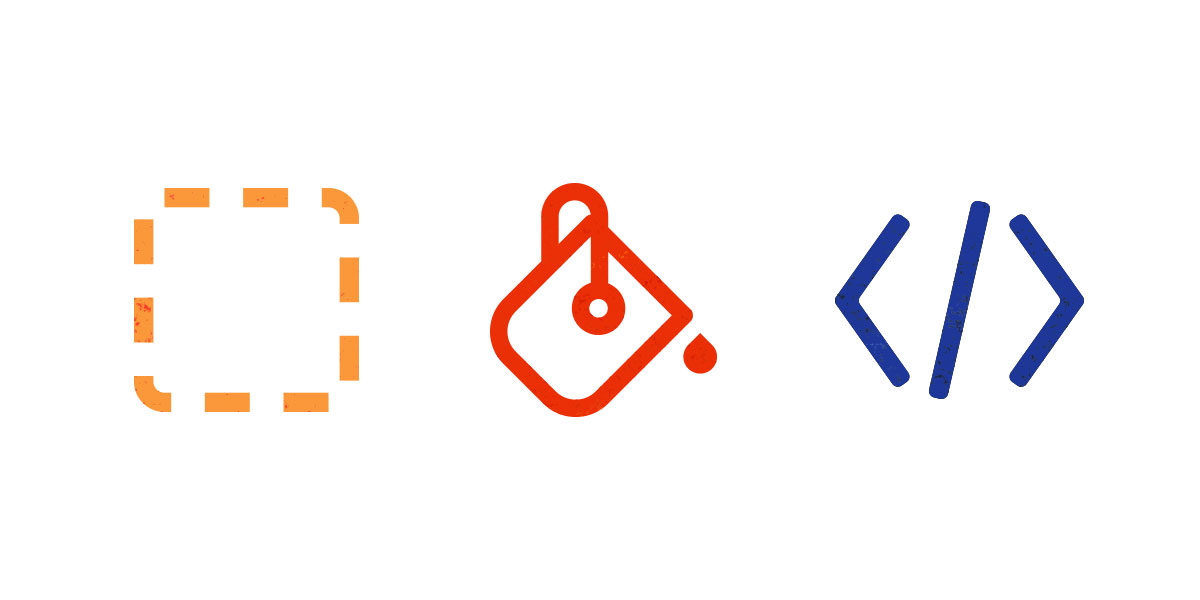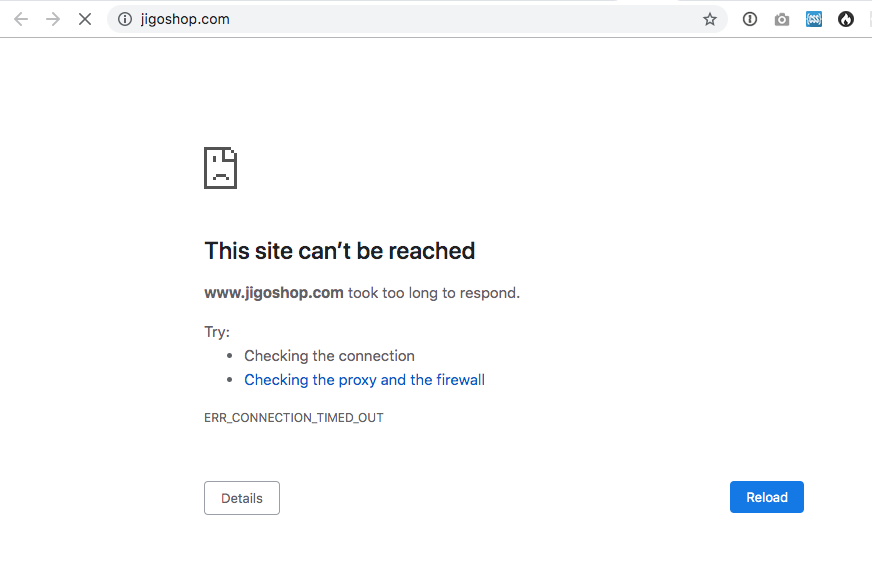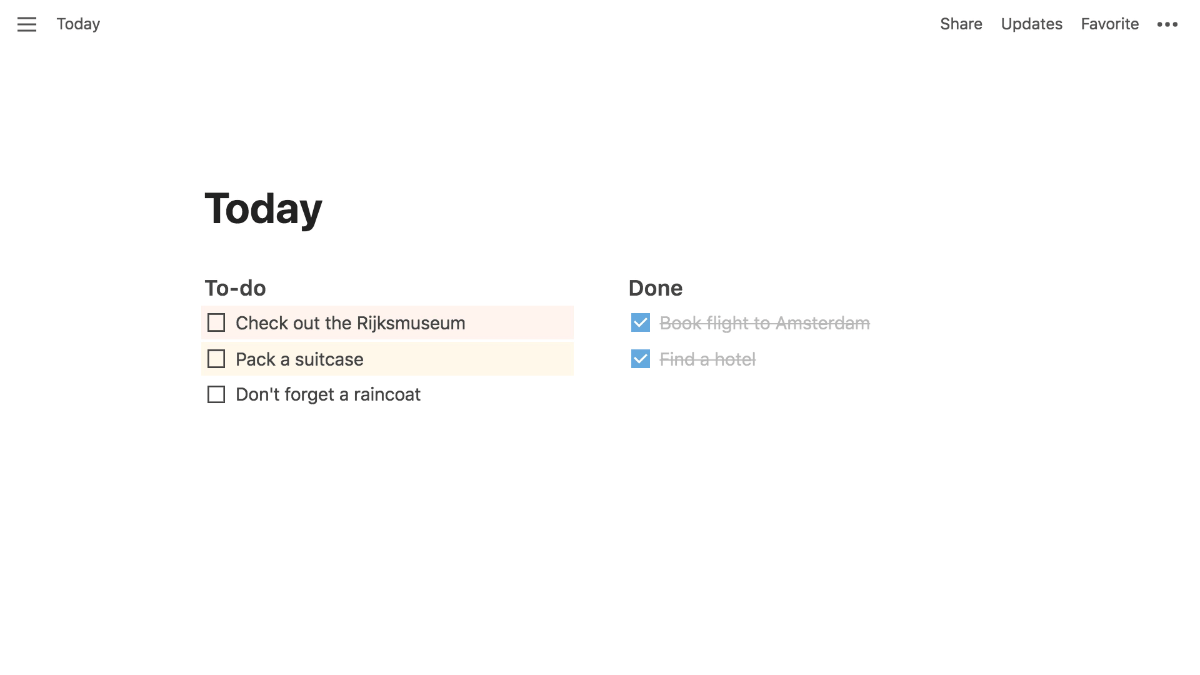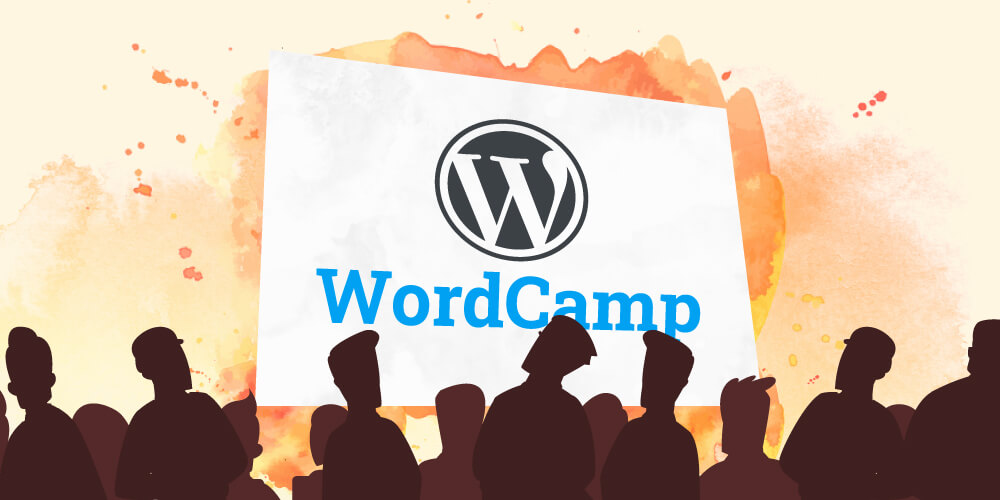This is an archived edition of MasterWP from September 2019, written by Alex and Ben.
Salesforce Ventures invests $300 million in Automattic, at a $3 billion valuation
The big news, and what it means
Automattic, the company behind WordPress.com, Jetpack, WooCommerce, and other products, has taken a $300m investment from Salesforce Ventures, the investment arm of Salesforce. The investment puts Automattic at a $3bn valuation.
This is really significant news. Automattic has long been the outlier in venture funding in the WordPress space – they’d previously taken $191m in investment – and this secures Automattic’s future as a privately-held company for the medium term. The fates of Automattic and the WordPress project are pretty closely linked, so if nothing else this also secures WordPress’ relevance for the medium term too.
Once you start unpacking this, it gets really interesting. First, this is not “Salesforce buying WordPress”. This is Automattic, the company founded by WordPress co-founding developer Matt Mullenweg, taking an investment from Salesforce Ventures. One assumes that Automattic will continue as it had previously planned, it’ll just be able to do it faster. There will probably be conversations about integration between Salesforce and Automattic’s products, but that will be a friendly by-product.
There’s one bit in particular from the Post Status article I’ve linked above I want to pull out:
“Reaching a $3 billion valuation is an amazing feat that Automattic has achieved. Matt has said before that he believes each of their primary lines of business — WordPress.com, WooCommerce, and Jetpack — can be multi-billion dollar opportunities. I agree with him, particularly for WooCommerce. I think there’s a good chance WooCommerce will end up several times more valuable than all their other lines of business combined.”
Automattic reaching a $3bn valuation is an amazing feat, but it’s simultaneously a vast amount of money and not enough. Automattic’s initial promise was it would build the way to make a website, through WordPress. You can draw a straight line from Automattic’s last funding round in 2014, to identifying they needed to move faster with making WordPress easier to use, to Gutenberg. Yet, at some point the big picture faltered: Squarespace and Wix offered (in some ways) easier ways to build a small business website. Gutenberg came too fast for many in the community, but for the market it probably didn’t come fast enough.
Thus, now we see Automattic looking to diversify, away from hyped startup and towards diversified product business. Brian’s point in the quote above that “each of their primary lines of business… can be multi-billion dollar opportunities” shows the thinking, as does Matt previously describing Automattic as moving to a “Berkshire Hathaway approach” for digital products. Automattic is preparing itself to move away from WordPress. Yet, in the community, whispering WordPress dissent is heresy. At this stage it’s safe to assume Automattic will be around for a lot longer than nearly all WordPress businesses.
The other angle on managing this transition from hyped startup to maturing business is when Automattic needed more money, as it did here, the failure to build the web platform meant its options were limited: if WordPress.com was indisputably the way to build a small business website, it’s not an unreasonable stretch to see Automattic preparing for an IPO (initial public offering, ie “going public” and listing on the stock exchange) now. The timeframe on their previous investment rounds certainly made this a possibility. Yet, with an IPO off the table, what were the options? It would have been surprising but not out of the question for a GoDaddy or a Google to purchase Automattic outright. In that context, taking funding from Salesforce Ventures and thus remaining private but getting more time to diversify, is a pretty good outcome.
In other open source news this week, Acquia, an “open digital experience platform” built on top of Drupal, has had a majority stake purchased in a deal valuing the platform at $1bn. Acquia has a much narrower focus than WordPress or Automattic – enterprise content management – so it’s striking to see it’s worth ⅓ of Automattic at this time. This is a good example of my point: the $3bn is simultaneously a vast amount of money, and not enough. It’ll be very interesting to see what happens next. Matt’s personal passion for open source and the WordPress project will probably see WordPress carried along, but this may be the start of WordPress becoming less relevant for the business which has driven it for the last fifteen years. – Alex.

A $100 Million Investment to Reshape the Economics of the Web
Ethical Monetisation?
I find this really interesting. Mozilla seem to be on a crusade to make the web nicer, and that’s a very good thing! Their browser is increasingly blocking trackers and advertising, and focusing on privacy; and now they are looking at ways to earn money through a site in a way that can sustain more people.
I really like the concept. You add a meta tag to the head of your site, and then interested parties can tip you if they find your content interesting. At the moment this has to be done through a browser plugin, but there is a proposal to make this a standard.
Currently you have to set up an account on Coil.com (and also setup a payment provider) so it’s not as straightforward as it could be. In particular the payment providers are a bit convoluted. You can either setup an account on XRPTipBot, or Stronghold. If you use TipBot you can get setup quickly but you get paid in a Cryptocurrency so have to sell it to actually make money. If you use Stronghold you have to send them all sorts of information to confirm who you are to be able to check out.
Neither of these are appealing to me. I don’t have a lot of faith in the privacy or security of random internet companies I have never heard of. For this to see mass adoption I think it needs to use common platforms that everyone has like Paypal, or even Stripe – or just do direct payments.
However the idea itself is really clever. Besides the meta tag there’s also a Javascript API that allows you to detect if users have tipped you and then offer them extra/ different content. For example you could hide adverts, or offer an ebook to people who have tipped you.
Chris Coyier has written an article on adding support for Coil to CSS Tricks, and this covers some more info on the integration. If you want to add it to your own site then you can sign up on Coil.com, and add the Meta Tag with the Toolbelt Monetization module. – Ben.

Designing with code
A faster way of iterating designs
For many of us who design websites, designing in Sketch (or similar) is often the first step to building a new project. But in this article Matthew considers how it may not be the best step.
Personally I use Sketch to decide the direction I want the design to go, and then I start building. I don’t create complete mockups. When I get stuck I will work out the design in Sketch and then build again. Until I see the content I find it hard to plan everything and since the canvas is so fluid (different sizes, and zooms, etc) it’s hard to design fully anyway.
Increasingly these days I am also designing mobile first. Which means I design the HTML structure before deciding how the site will look.
Matthew’s examples of designing for the Wall Street Journal are really nice. He’s seen how quickly you can iterate and test new functionality. You just can’t do this when working in pixels.
For agencies, perhaps this would be a good way to develop client work? I know clients need sign off but if you developed a single static page then you could quickly experiment with ideas and get the client to sign off on a screenshot.
When I worked at Miniclip.com I had a couple of instances when I sat down with non-technical project owners and we would iterate a design live. Tweaking colours and layout as we discussed them. They were able to see what worked and what didn’t and in general it saved a lot of time.
Perhaps you could also do this with clients. Sometimes it’s hard to understand that a static screenshot is not a 100% representation of the final project, and that different browsers/ screen sizes etc will render the content slightly differently. But if you sit down and tweak things live – maybe the client would have a better understanding of what was possible. – Ben.

The End of Jigoshop? What Happened to The Once-Popular eCommerce WordPress Plugin
A tale of two eCommerce plugins
This is a sad antidote to our lead story: Jigoshop, the WordPress plugin which was forked by WooThemes to become WooCommerce, has been closed down. WooThemes and WooCommerce were acquired by Automattic in 2015. Jigoshop had a lot of early promise, and was one of the first eCommerce plugins with WordPress, and showed a lot of what’s possible. WooThemes forking the code was perfectly legal as the code is open source, but hiring its two lead developers left a bit of a sour taste.
It’s interesting to see how their fates have diverged so widely: WooCommerce ended up becoming the main business line for WooThemes (who are now called WooCommerce), and it’s now cited as a billion dollar opportunity for Automattic. Obviously, Automattic had to put in the work to get it to that stage, and I applaud that; as far as I understand after Jigoshop was forked, it was never really the same again. – Alex.

Notion
A different approach to note taking
I’ve been enjoying playing around with Notion recently. It’s kinda like Evernote, but with many more types of content – like databases, embeds, and spreadsheets – and the ability to deep-link your notes from within other notes. It’s a pretty steep learning curve, but eventually you’re able to put together your own personal note-taking and knowledge-management operating system. I’ve tried it before a couple of times but was put off by the learning curve; this time, it seems it’s worth persisting with. Worth trying out! – Alex.
Quick Links
Be an accessibility expert – learn web and mobile accessibility skills at your own pace.
3D Ken Burns Effect from a Single Image – using a single image, and AI, to create a 3d style image that you can move around. Pan & Zoom!
“One of the best programming skills you can have is knowing when to walk away for awhile.”
– Oscar Godson


